HOME > Basketball
"The Horse" Dolph Shays, TA s rated NBA 75 Big 61
5:22am, 26 July 2025【Basketball】
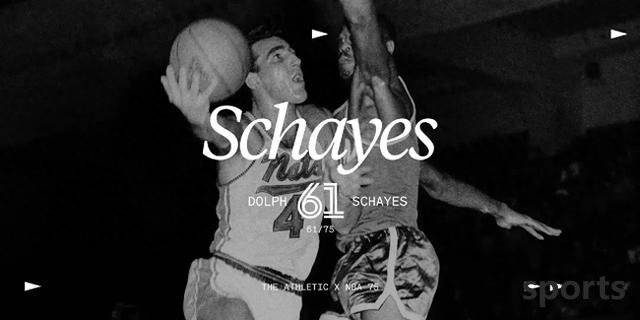
From some perspectives, Dolf Shayce is like a walking contradictory assembly. During his 15-year NBA career, Shayce played for the Syracuse National Team for 14 years before the team moved to Philadelphia in 1963. His signature two-handed fixed-point shots feature a distinct retro mark—a skill he has mastered on the street courts in the Bronx.
"My father's time was street basketball," Shayce's son Danny said in an interview with TA. "It was where he learned to play. There was no AAU league, there were not so many systematic training now, and there were very few decent college basketball programs. At that time, the style of playing was about passing, smooth and agile, and running without the ball. My father called it 'hot potato basketball'."
Shayce was not a talented athlete. His former teammate Earl Lloyd commented in 2009: "He's slow, and you can even put paper on the soles of his shoes when he jumps up and grabs rebounds."
But his game style is advanced and modern. In that era when he asked the big man to hold the basket, he was the face-frame power forward who truly dominated the field, creating breakthrough space with precise shooting - decades before the introduction of the three-point line and half a century before the league learned to use outside shooting to open up space.
"My father's greatest contribution is innovation," said Danny, who has played for 18 years in the NBA and has been in seven teams. "When he first entered the league, he was the first power forward to score. The division of positions at that time was completely different, not as detailed as it is now - there were only guards, forwards, centers, no point guards, shooting guards, small forwards, and power forwards. At that time, he was either a scoring forward or a defensive forward. This counterpart offense and defense."
Former 76ers player JJ Redick's recent remarks have sparked heated discussions: "I want to play against Dolf Shayce the most... in this way I can defeat him and squeeze him out to enter the 75th list."
These words highlight the difficulty of selecting such lists - since Shayce made his NBA debut for the National Team in 1949, basketball has undergone earth-shaking changes in 72 years. Today's NBA players are more robust and more skilled than they did in the 1950s. At that time, there were much fewer people playing basketball, and most NBA players also had off-court jobs. Danny recalled that his father, who received his engineering degree from New York University at the age of 19, "would buy an apartment building and build a small apartment unit" during the offseason.
Although the development of the times has made the players' level constantly improve, we can't help but wonder: How will Shayce's unique technical style perform in today's league that attaches great importance to shooting? With his shooting skills, what level will he reach after modern training?
However, debating whether past players can adapt to the modern NBA actually deviates from the original intention of such lists. What is important is to look at their dominance in the era in which they live - in an era when basketball was still struggling to survive, Shayce was one of the earliest stars. In 1948, Shayce was selected by the New York Knicks with the fourth overall pick in the BAA (founded in 1946 and later the NBA predecessor) draft, and was selected by the Three Cities Blackhawks in the National Basketball League (NBL) draft, and the Blackhawks then traded his signing rights to the Syracuse Nationals.
Shayce finally chose to sign with the National Team, largely due to economic considerations - the National Team offered an annual salary of $7,500, while the Knicks only gave $5,000. "I decided to choose the one with more money because I thought professional basketball was a gamble at the time," Shayce told the NBA official website in 2011.
In 1949, the BAA and the NBL merged to establish the National Basketball Association (NBA). This is the first step in the league's development, and throughout Shayce's career, the league has undergone many milestone changes. It is not easy to compare the statistics and achievements of this era, because the competition at that time is almost completely different from the versions that people are familiar with and love today.
For example, a three-pointer introduced only decades later could have become Shayce's core weapon.
"He was the only player who could shoot 7.6 to 9.1 meters at the time," said Alex Hannam, who coached the National Team and the 76ers in the 1960s. "If there was a three-point line at that time, he would have averaged 5 points more points in his career."
24-second timing did not appear until 1954, before that, the leading team would make the game slower by "taking the ball with time". On November 22, 1950, the Minneapolis Lakers' game against Fort Wayne Pistons was an extreme case - Pistons rookie Larry Foster made a layup 6 seconds before the final game, allowing the Pistons to win 19-18.
"This change is imperative, and the game was too ugly at that time," Shayce said in an interview with the NBA official website in 2011. In just a few years, the 24-second timing completely changed the game: the league averaged 79.5 points in the 1953-54 season, and soared to 115.3 points in the 1959-60 season.
"My father's offense in that era focused on passing, so he agreed with any change that could speed up the pace," said Danny. "At that time, there were many players known for their constant movement, no-ball running, passing, cutting, and fast attack."
"In the changing times, the biggest difference is that the players are getting bigger and bigger, and the game has changed from 'basket confrontation' to 'air operation', which is the most significant change. As for playing style, the other key is the three-point line--his era had no three-point line, and long shots were not an important factor, but he could indeed shoot long distances."
This made it difficult to interpret the statistics of that era, especially when compared with modern games.. But based on the background of the times in which Shayce lived, it is not difficult to understand why he is highly respected and his comprehensiveness of his playing style:
12 consecutive All-Stars (1950-51 to 1961-62 seasons)
12 consecutive All-Stars (1949-50 to 1960-61 seasons)
was the second scorer in the league history when he retired,
1950-51 to 1958-59 seasons, and 9 consecutive rebounds, including 1950-51 seasons leading the league in 1949-50 to 1960-61 seasons, and 10 out of 11 years in the top ten scoring list
3 leads the free throws in 11 years. The 1957-58 season, 1959-60 season, 1961-62 season, played 706 consecutive games from February 1952 to December 1961, setting a league record at that time, with a total victory contribution of the second in the league. Among them, the top five MVP votes in the 1957-58 season with 13.7 (fifth in 1956, fourth in 1957, and second in 1958) - This award was established only in the 1955-56 season, and its career was established every year to enter the playoffs, Shays was a superstar of that era and a dominant force in the NBA's starting-stage NBA. “Basketball was still very new in his era and was full of pioneering spirit,” Danny said.
Although Shayce knew his position in NBA history at the time - he was the first player in the league to break through 15,000 points - there was a moment when he didn't realize his historical significance until his 80th birthday party. When his family watched the highlight video sent by the NBA, they saw Shayce, wearing an Eastern Conference gown, jumping and passing the ball. The ball was turned back to his hand in the open position on the left corner through Bob Cousy. Then he made his signature two-handed fixed-point shot - hit.
"When he returned to defense in the video, we suddenly realized: 'Is this the first goal in the All-Star Game in history?'" Danny recalled, "Go back and watch... it's true."
"I asked my father: 'Why have you never said you scored the first goal in the All-Star Game?' He looked confused: 'What? What are you talking about?' He didn't know at all, he didn't know at all."
Shayce's achievements made him selected into all important historical lineups: the top 10 stars for the 25th anniversary of the NBA in 1971, the top 50 stars in 1996, and the top 75 stars in 2021.
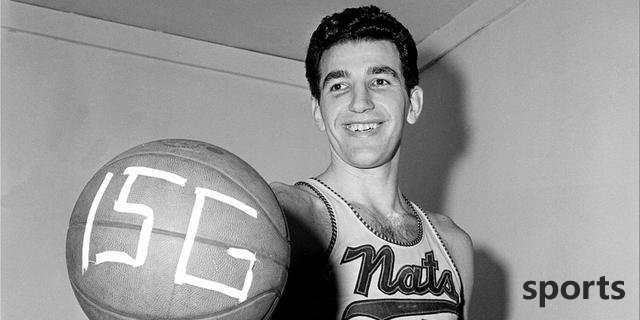
Shayce's fixed-point shots were gradually outdated during his career, but they won him the nickname of "Rainbow Boy" - the high-arc shooting was accurate and efficient.
Judging from today's standards, although this shooting posture is strange, the effect is unquestionable.
"I found that the rim was 18 inches in diameter and the basketball was 10 inches in diameter," Shays told the NBA official website, explaining how he practiced this "rainbow shooting", "so he made a 14-inch rim hanging on the ordinary rim, and the physics forced me to shoot higher."
His long shot was unique in that era, and even had the exclusive nickname "Satellite" - an inspiration from the satellite of the same name launched by the Soviet Union.
An accident made his skills more comprehensive. In 1954, Shayce broke his right wrist. The treatment method at that time was to use plaster to fix it (this approach was not rare at the time), and he did not make a truce to heal his wounds. In fact, when the National Team played against the Lakers in the 1954 NBA Finals, Shayce and Lloyd both brought plaster to the court. As a result, the two scored a total of 3 points in the first game of the finals, and the National Team eventually lost.
"National coach Al Selvi asked the team to practice one-handed dribbling in order to overcome the impact of injury," Michael Schumacher wrote in his book "Mr. Basketball: George McCann, the Minneapolis Lakers and the Birth of the NBA."
This injury forced Shayce to strengthen his non-usual hand (left hand), making it difficult for the defender to predict the route he would break to the right.
"It may sound a bit old-fashioned," Shayce told the NBA with a smile, "but that fracture was a good thing for me (pun, 'good break' refers to both a good opportunity and a fracture). "The National Team later equips Shayce with stronger helpers: Red Rocha in 1951, Lloyd in 1952, and Johnny "Red" Cole in 1954. After defeating the Pistons in the 1955 Finals, they won their first championship in team history and became the first racial fusion team to win the NBA championship.
But Shayce and the Nationals were born at the wrong time - a year later Bill Russell entered the NBA, and the Celtics started an unprecedented decade of domination in league history, which no one can match.
Shayce never won an MVP - to be fair, the award did not exist in the first half of his career. Even so, he was overshadowed by other superstars of his time, Bob Pettit in the early stage and Russell in the later stage. Similarly, the Nationals have always been a strong team, but George McCann's Minneapolis Lakers and later Celtics, as the two earliest dynasties in the league, have taken away more attention.
Shayce's greatness lies in stability. Day after day, year after year, he has always maintained a high level: a record of 706 consecutive games; was selected for the Best First Team or Second Team for 12 consecutive years; became a candidate every year after the establishment of the MVP award; only six players in history have held the NBA total score record, and he is one of them; he was second in the league in total score when he retired; and he made it to the playoffs every year in his career. Such achievements are dazzling enough for a kid who learns to play on the streets of the Bronx.
"Seriously, Dolf Shayce is the ultimate fighter," Lloyd said in 2009. "I respect him more than most superstars. Many people are praised, but Shayce is not."
Career data:
Games: 996 games, average: 18.5 points, 12.1 rebounds, 3.1 assists, shooting percentage of 38.0%, free throw percentage of 84. 9%, win contribution value 142.4, player efficiency value 22.0
Honors:
Twelve times selected as the NBA All-Star, 12 times All-Star, one championship (1955), one rebounding king (1951), three free throw king (1958, 1960, 1962), inducted into the Hall of Fame in 1973, and also selected as the NBA 25, 50, and 75 superstars
Related Posts
- Wenban Yama s latest figure! Crazy transformation!
- A flash in the pan! The regret of the first generation of white horse spear!
- European Cup sad and happy night: Four teams qualify for three consecutive victories, and Doncic still finds a victory for 39+9
- Lakers news: James creates another miracle, Doncic polishes his weaknesses, American News suggests Sohawikins
- Very dissatisfied with the progress of the negotiations. The 76ers star in the backcourt may choose to sign a qualification offer?
- Analysis of Yang Hansen s second game performance in the summer league: Pros and cons are revealed
- Harden s 81.5 million details in two years: Keep the full middle class for the Clippers and no maximum salary after leaving the Rockets
- The top 50 players in the NBA s lowest winning rate are & No. 4 pick is shortlisted, the regicide is listed, and the number one declining god is only 20%
- Chalmos: James insists on physical therapy in nightclubs, so he has never been seriously injured
- Edwards continues to play in the G2 battle, the three best players in the 12 years of Oxford!
Hot Posts
- Wenban Yama s latest figure! Crazy transformation!
- A flash in the pan! The regret of the first generation of white horse spear!
- European Cup sad and happy night: Four teams qualify for three consecutive victories, and Doncic still finds a victory for 39+9
- Lakers news: James creates another miracle, Doncic polishes his weaknesses, American News suggests Sohawikins
Recommend
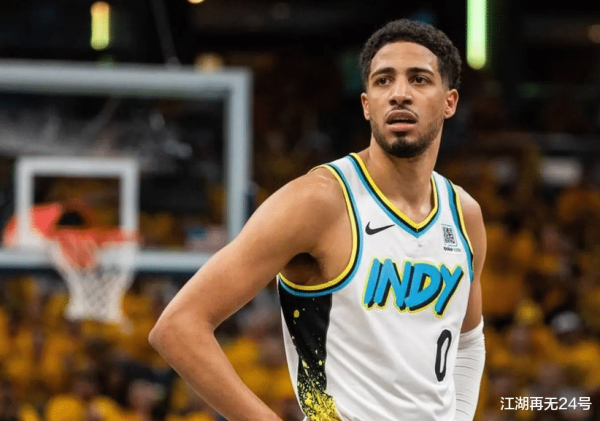
As strong as Halliburton was only the No. 12 show in 20 years. Who are the first 11 people? How to develop after entering the league

Everyone is smiling! Clippers official training photos: I’m in a good mood because the season is about to start.
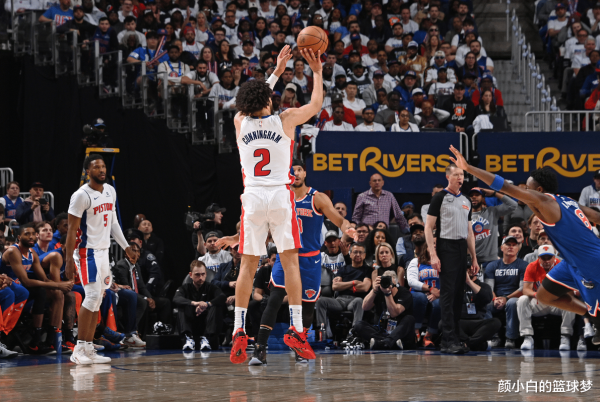
4.3 seconds of three-pointer! Brunson rejected the Pistons reversal with 40+7, Beasley made a mistake in receiving the ball and the Knicks advanced

Cole Anthony: Come to the Bucks is like a freshman. Being able to play with Antetokounmpo will be a legendary experience
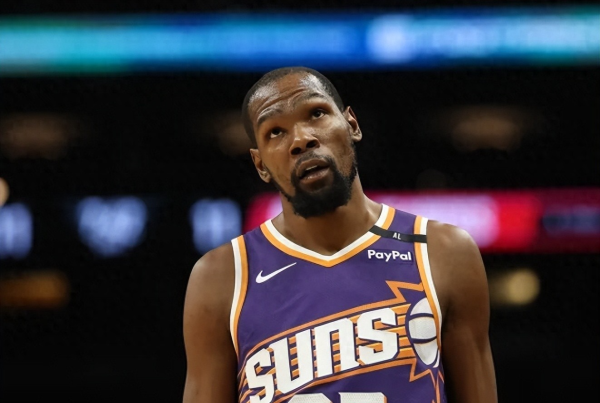
Raptors may trade Kevin Durant with a Kawhi Leonard-like move

The contract has 3 years left for 102 million! The former Lakers favorite, will they be bought out in the new season?

Curry basketball character profile. "Too thin and can t play the NBA"
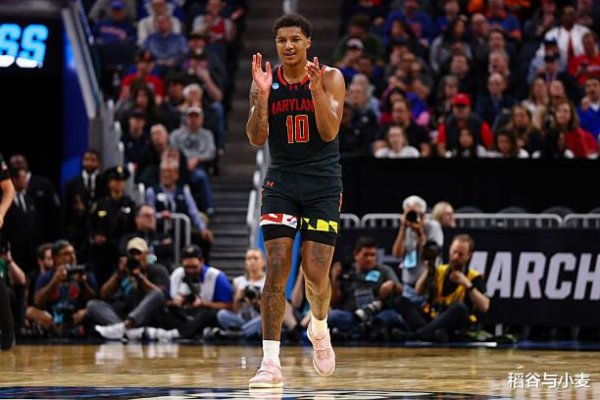
Maryland s senior striker will represent the Lakers in the summer league. His sister is the leading actress in the WNBA?